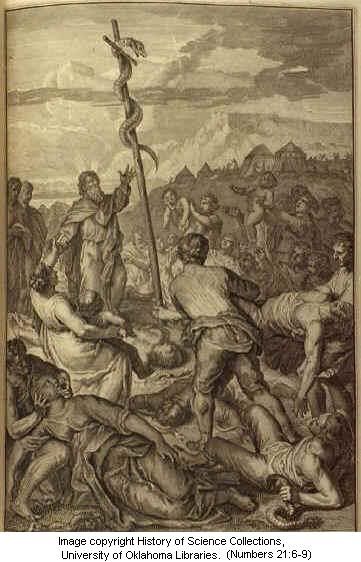I hear you. I looked into it before your post here.
The Hebrew word is "nace" which is a flag or banner.
How he afixed it to a banner or flag, I have no idea, other than the Biblical definition is flag/banner, and it is used this way elswhere.
"Pole" is misdefined.
"And Moses made a bronze serpent and set it on the standard; and it came about, that if a serpent bit any man, when he looked to the bronze serpent, he lived" Numbers 21:9. (NASB)
I thought you used the NASB? If you would have used this translation, and saw "standard" perhaps you would have questioned the pole theory as I did. I think instead you went to a version where you heard "pole" before, because traditionally this supported what you've always heard, and believed, so you used it instead.
Of course the metal snake could have been a flattened piece of metal in form of a snake of course afixed to a flag or banner.

It didn't necesarrily have to be 3D.
- Peace

